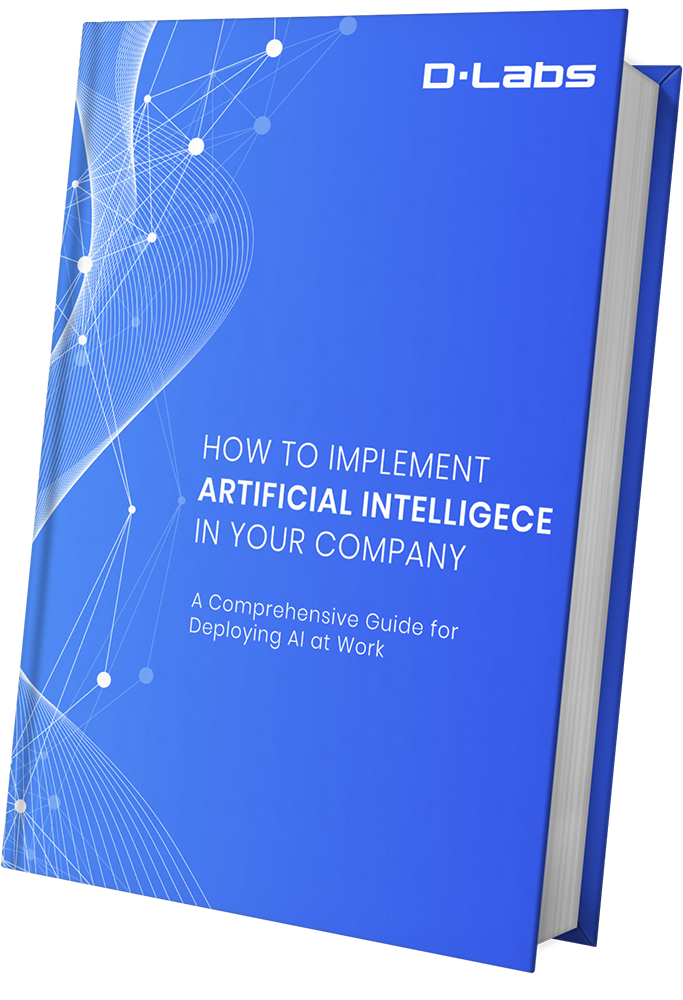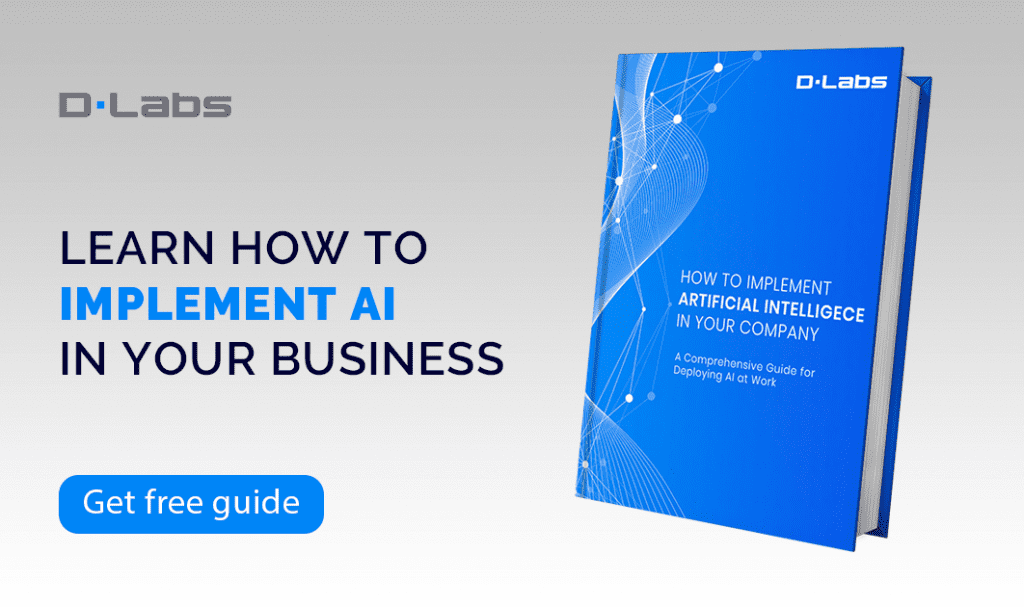Artificial intelligence is an invaluable educational resource. The technology enables students to follow guided, hyper-personalized paths, delivering just the right difficulty level for them to learn at their best.
After all, overly simple — or excessively demanding — materials only irritate, even overwhelm, students. In contrast, if the appropriate resources push students just far enough, they will become more focused and, consequently, more willing to learn.
A recent study from developing countries has even shown how EdTech platforms are a cost-effective way to teach. And their implementation has played a crucial role in student development and their ultimate success.
In this post, you’ll learn four ways that EdTech platforms use artificial intelligence to enhance the learning experience.
Ready? Let’s begin.
How to use AI to improve e-learning platforms
Artificial intelligence has huge potential to transform e-learning.
First and foremost, AI-powered personalized learning in EdTech can help boost engagement and deliver courses tailored to each student’s ability. But the possibilities don’t end there.
Here are four ways EdTech uses AI to deliver the ultimate e-learning experience.
1. Tailor the learning experience
The internet is a font of knowledge. But while students can find pretty much anything online, including books, courses, and lectures, most people drown in the sheer volume of information.
That’s why teachers need to guide students towards the most appropriate resources, helping them achieve their goals as effectively as possible. EdTech solutions help by sourcing information and adapting the curriculum to students’ levels, interests, and capabilities.
Better still — instead of asking students to follow a prescribed timetable, EdTech solutions that use AI can adapt to a student’s schedule, offering an appropriate number of learning hours each week.
To see how this works in the real world, look no further than the LinguaLeo app. LinguaLeo takes the pain out of learning foreign languages by recognizing that learners often quit because they become unmotivated (say, because they’re forced to study grammar and nothing else).
LinguaLeo counters the risk by delivering courses based on a student’s actual goals (maybe that’s an upcoming business trip). Moreover, it evaluates your language level from the outset so that you waste no time covering aspects you already know.
To enrich the learning experience further: the app uses speech recognition and intent detection so that you can listen, read, and speak when practicing. You can even study whenever and wherever you please, enjoying gamification and rewards to keep motivation high.
2. Track progress automatically
Testing is a huge part of learning. However, it takes a lot of time for a teacher to grade written projects and tests, meaning students often have to wait for feedback.
But thanks to machine learning in EdTech, schools can now mark tests and papers automatically, meaning students can get feedback on a near-continuous basis. Intellimetric is one such example of essay grading software that helps teachers review papers.
The platform uses an AI-powered scoring system to grade essays quickly while still providing personalized feedback. The platform supports English, Chinese, Turkish, and Spanish languages.
Through a feature called ‘Legitimacy Detection,’ the solution can even reject submissions deemed off-topic or potentially abusive. In parallel, students can submit papers multiple times, allowing them to improve a project without adding to their teacher’s workload.
One of the main benefits of AI-powered grading is its perceived objectiveness. Human bias is taken out of the equation, ensuring a clearer picture of a student’s progress. That said, in recent years, specialists have started to ask if there is bias in AI.
Take one example from the UK.
During the COVID pandemic, the U.K. canceled A-level exams and instead used an algorithm to determine grades.
The algorithm considered a schools’ historical performance, how each student ranked for the subject, the teacher’s evaluation of how the exam would have gone, and past exam results. Almost 40% of students received lower grades than expected, and a backlash ensued.
The problem was that the system used historical data from schools to grade individual students. Meaning if no one from a school had gotten the highest grade in the past three years, then it was near-impossible for any student to get it that year.
If we take anything from this episode: automated grading of written assignments should always keep humans in the loop for the final assessment.
3. Reduce administration
Every organization has its fair share of administration. In education, this may include onboarding new students and inserting grades into online reporting systems (to call out just two).
These days, AI can happily do the work, taking the onus off the educator and potentially saving them hours each week. And a teacher would be much better placed if allowed to invest the time in class preparation and student support.
One solution that enables this is Gradescope: an application that takes care of administrative tasks like scanning assignments, grading, and sending grades.
It uses image detection technology to read students’ handwriting and identify answers. It then groups similar answers, helping teachers grade them at once instead of having to go through the same answers several times.
The tool also provides insights into students’ progress via statistics and visualization tools. Better still, it works across multiple subjects, including maths, computer science, chemistry, biology, and more.
4. Provide ongoing support
When there are limited teachers and hundreds (if not thousands) of students, there’s no way the teacher can give everyone the attention they deserve.
And students need a lot of feedback to learn effectively, including explanations about materials and career advice. Some 75% of U.S. high school students expressed boredom, anger, fear, sadness, or stress at school, which could be overcome through personalized learning and more focused support.
EdTech platforms that use artificial intelligence can deliver this, tailoring the help to each student’s needs and reducing the pressure on teachers.
DLabs.AI has recently worked on one such EdTech project for a client, building a solution that lets students search the types of courses or universities they want to attend. The engine then delivers the information in one place (instead of students having to check dozens of websites).
Students can find admission requirements, tuition fees, even scholarships details. They can connect with human advisors to get more information if needed. And the best part is that the advisors can see what the student already knows, so they can fill in the gaps in place of starting from scratch.
By replacing the legacy search engine with an ElasticSearch-based solution, we minimized costs and improved performance by up to 44%. We also implemented auto-scaling, reducing the number of tasks by up to 75% and improving performance in traffic-intensive situations.
Let’s make e-learning better with AI
Machine learning and AI in education improve the e-learning experience, making it more user-oriented for teachers and students alike.
EdTech platforms can now tailor curriculums, providing a better overall experience and bringing both learners and educators online. And through the power of AI, any organization can tweak its setup to meet the needs of each individual user.
In doing so, schools and universities won’t only increase retention. They’ll find an effective way to boost profits too.
Looking to enhance the e-learning experience? Get in touch with DLabs.AI today, and one of our AI experts will run you through how we can help.






